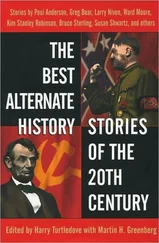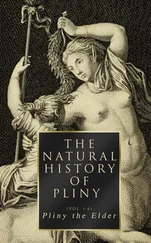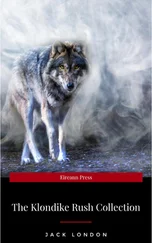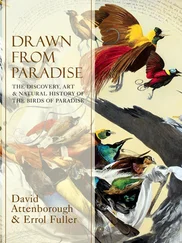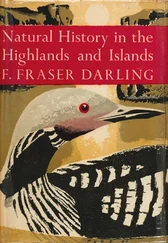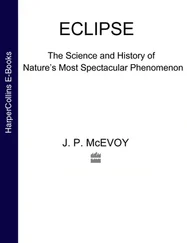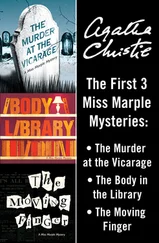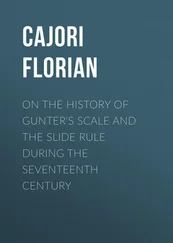20 15 Exploring Temporal Changes in the Composition of Macroalgal Communities by Using Collections 15.1. On the constitution of macroalgal collections 15.2. Exploring temporal changes in species distribution 15.3. Exploring temporal changes in community composition 15.4. Conclusion: sampling and analysis strategies for the future 15.5. References
21 16 Herbaria, Witnesses of the Stakes of Biodiversity Conservation and the Impacts of Global Changes 16.1. Introduction 16.2. Evaluation of the floristic richness and conservation issues of territories 16.3. Studies of introduction pathways and colonization of invasive exotic plants and pathogens 16.4. Analysis of the impact of pollution and changes in air quality 16.5. Study of phenological changes in flora as a result of climate change 16.6. Conclusion 16.7. References
22 17 Digital Photography In Natura in Zoology: More Biology in Natural History Collections? 17.1. Images and collections... for comparative biology 17.2. Accelerating the process of the incomplete inventory of life 17.3. Why more biology in natural history collections? 17.4. Images in the natural sciences: a collection like any other? 17.5. The Hemiptera of France: an exemplary iconography 17.6. Trait databases, query automation and bio-inspiration 17.7. Conclusion: a new challenge for natural history 17.8. References
23 18 The Use of Large Natural History Datasets to Respond to Current Scientific and Societal Issues 18.1. Introduction 18.2. Making data available: a revolution 18.3. Challenges for data providers 18.4. The role of access portals 18.5. The importance of scientific analysis design in appropriating the specificities of data from collections 18.6. Moving from raw data to sorted data that can be used for scientific analyses 18.7. Conclusion 18.8. References
24 19 Is There a Need for Biocultural Collections? State of the Art and Perspectives 19.1. Introduction 19.2. Origin of these collections 19.3. Collection principles and the function of collections 19.4. Principles for the articulation of sets 19.5. Description of the collections 19.6. What changes? 19.7. References
25 20 Why Preserve? 20.1. The museum’s collections: between study and heritage 20.2. Disrupting the equilibrium 20.3. Preparation and storage 20.4. The main principles of conservation 20.5. The main principles of conservation being undermined 20.6. Multiple values 20.7. The scientific value of the collections 20.8. Conclusion 20.9. References
26 21 Collections for Scientific Research in the 21st Century and Beyond 21.1. Collections in the quest for knowledge 21.2. Three main kinds of new uses for collections 21.3. Lessons from these new uses 21.4. Collections in 21st century science and beyond 21.5. Conclusion 21.6. References
27 List of Authors
28 Index
29 End User License Agreement
1 Chapter 8Table 8.1. Distribution of the number of specimens in the “cyanobacteria and mic...
2 Chapter 9Table 9.1. Number of families and species by mammalian order currently in the TC...Table 9.2. Number of families and species by order of birds and reptiles current...
3 Chapter 14Table 14.1. Number of specimens from natural history collections used for invasi...
4 Chapter 15Table 15.1. The 27 species of the Dinard Herbarium collected in the Saint-Malo a...
1 Chapter 1Figure 1.1. Examples of environments that are difficult to sample. (a) The Canop...
2 Chapter 3Figure 3.1. From museum objects to digital models. © F. Farges/MNHNFigure 3.2. Gems and models. © F. Farges/MNHNFigure 3.3. (a) Results of ab initio calculations on the color of the Hope diamo...Figure 3.4. Optical principles of a generic faceted diamond explaining definitio...
3 Chapter 4Figure 4.1. Current state of the discovery site of the Chachapoya mummy MNHN-HA-...Figure 4.2. Museum history of the Chachapoya mummy MNHN-HA-30187 at the Palais d...Figure 4.3. Current state of the mummy MNHN-HA-30187. (a) General photographs of...Figure 4.4. Experimental reproduction protocol of the cranial trepanation of the...Figure 4.5. Examples of images of the mummy obtained from CT imaging. (a) Views ...Figure 4.6. Osteo-dental condition of mummy MNHN-HA-30187Figure 4.7. Coronal section and 3D reconstruction of the lumbosacral junction, s...Figure 4.8. (a) Sagittal and (b) axial sections showing intracranial and intrasp...Figure 4.9. Chest CT images. (a) Coronal section of the trachea [tr.]. (b) Coron...Figure 4.10. Location of Calliphoridae diptera puparia (red arrows) (a) on the l...Figure 4.11. Remarkably preserved subfossil puparium of a Calliphoridae fly (Com...Figure 4.12. (a and b) Trepanation measurements. (c) Endocranial view of the tre...Figure 4.13. Experimental extraction of the trepanation flap. (a) Successive ste...Figure 4.14. (a) Location of Calliphoridae dipteran puparia on the mummy’s face ...
4 Chapter 5Figure 5.1. “Evolutions” in biological anthropology: as the 21st century has gon...Figure 5.2. Map showing the provenance of the Native American and Australasian c...Figure 5.3. Diagram, in frontal, lateral and superior views, representing the cr...Figure 5.4. Phenetic tree using the neighbor-joining method, computed from Procr...Figure 5.5. Principal component analysis calculated on Procrustes coordinates of...Figure 5.6. Map showing the provenance of the sample of 525 skulls used to test ...Figure 5.7. Comparison between geographical distances (a) and shape distances, e...Figure 5.8. Discriminant analysis (CVA) performed on the Procrustes coordinates,...
5 Chapter 6Figure 6.1. (a) Blue latex of Pycnandra acuminata (image by S. Merlot). (b) Geis...Figure 6.2. Distribution of nickel hyperaccumulating species worldwide, from the...Figure 6.3. (a) Nickel transport (turquoise green) in conducting tissues of Blep...Figure 6.4. (a) Specimen of Orthion subsessile, collected in the state of Chiapa...Figure 6.5. (a) Specimen of Rinorea multivenosa collected in Brazil by J.W.H. Tr...
6 Chapter 7Figure 7.1. Crustacean from the lithographic limestones of the Cretaceous of Leb...Figure 7.2. Crustacean larvae from the lithographic limestones of the Cretaceous...Figure 7.3. Crustacean preserved in a carbonate nodule from the Jurassic of La V...Figure 7.4. Synchrotron X-ray fluorescence imaging of a decapod crustacean and a...Figure 7.5. Paleogeographic map of the position of the continents at the end of ...
7 Chapter 8Figure 8.1. Collection belonging to the laboratoire de Cryptogamie (ca. 1930), a...Figure 8.2. Distribution of the number of microalgal specimens of the taxon Chlo...Figure 8.3. Distribution of the number of Cyanobacteria specimens by orderFigure 8.4. Two environments from which enrichments of the cyanobacteria collect...Figure 8.5. (a) Lake Dziani Dzaha in Mayotte. Hypersaline, alkaline environment ...Figure 8.6. Diagram illustrating the number (in white) and proportion (%) of mol...Figure 8.7. Crater slopes of the Dziani Dzaha in (a) April 2014 and (b) November...
8 Chapter 9Figure 9.1. Some examples of animals whose cells are preserved in our bankFigure 9.2. Cell culture and freezing steps. Before any use of the cells, care i...Figure 9.3. Cercopithecus diana and its chromosomesFigure 9.4. Phylogeny of primates as established by reconstructing the successio...Figure 9.5. Laonastes aenigmamus (kanyou)
9 Chapter 10Figure 10.1. Herbarium part of the collection of Filago neglecta by P. Le Brun i...Figure 10.2. Herbarium specimen of Astiria rosea, collected in 1830 by L. Bouton...Figure 10.3. Trochetia boutoniana in culture in the CBN de Brest’s greenhouses (...Figure 10.4. Internal structure of a Dombeya mauritiana seed (2D section, resolu...Figure 10.5. Tetrazolium red viability test (TZT): (a) Ruizia cordata (1996) con...Figure 10.6. Seeds of D. acutangula: (a) control seed-harvest CBN Brest 1992; (b...Figure 10.7. Gnaphalium luteoalbum. (a) Evolution of the germination of an embry...
Читать дальше

